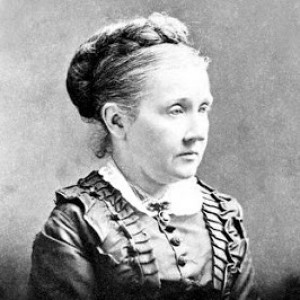Here I go, you guys. It’s time I explained in detail what’s wrong with Susan G Komen For The Cure, and what they’d need to do differently to get me to support them. This will be a series of posts, because I want to write comprehensively about each issue I’m raising. I’m ready for the angry responses from Komen supports, and from metsters who think I don’t go far enough. And I hope I’ll see responses from anyone who sees errors in the facts–I pledge to change anything that people find a documented source that contradicts what I’ve written. Alrighty, let’s get started: today’s post is about the Komen-driven narrative that trivializes breast cancer.
I’ve said many times that the narrative of our existing breast cancer awareness treats a breast cancer like a sorority. The hazing is treatment, and once that’s done, you get to join the sorority and attend its parties that feature pink feather boas and dance music and dogs wearing bras, and your life goes back to being just as awesome as it was before cancer, or maybe even better, because now you’re in the sorority. And no breast cancer organization has done more to promote this narrative than Komen. Just look at their marketing materials and their Twitter and Facebook feeds.
A problem with this narrative is that it excludes many people who get breast cancer. For starters, there’s men. Yes, men get breast cancer–not as often as women, but they do, and they die from it just like we do. It’s extremely rare to see men with breast cancer in any Komen materials. In addition, until very recently, metastatic breast cancer, which is what killed Susan Komen, was only minimally included in Komen’s materials. I acknowledge that they have made some strides in this area over the past year–kudos to them for featuring my friend Mandi Hudson of Darn Good Lemonade, for example–and yet, the metastatic experience is still too often drowned out by the sea of sorority party photos. Women and men with metastatic disease stay in treatment/hazing for their entire lives, which are most often tragically too short; we don’t get to join the sorority party.
And even for those women whose cancer treatment DOES match with the no-recurrence narrative, the picture of everything being awesome once treatment is over may not be their experience at all. Take my friend Natasha from Strings of Clarity, for example. She had Stage I cancer, so she should be living the pink dream now, right? Wrong. She’s dealing with serious psychological and emotional effects from her treatment and from the experience of facing her own mortality at age 37. The “you just get over it and move on” thing is the exact opposite of her experience, and she’s not the only one.
Which brings up another difficulty with the Komen narrative: that breast cancer is about sexy fun, which is obviousy false. There’s nothing sexy about having a breast cut off, and there’s nothing fun about chemotherapy. Ignoring the reality of cancer treatment and the physical and psychological damage it leaves in its wake does not help people with breast cancer. And hiding that reality behind pink bras trivializes it. The narrative has led many to believe that breast cancer is an easy cancer, one that nobody dies of anymore, one that doesn’t come with lasting scars. The sense that breast cancer is no big deal harms people with breast cancer because it allows vital resources to spent on pink parties instead of on desperately needed research into better treatments.
I have a lot more to say about Komen and that desperately needed research, but for now I’m going to pause this conversation here. I welcome your thoughts on the issue of the narrative of trivialization in the comments.




